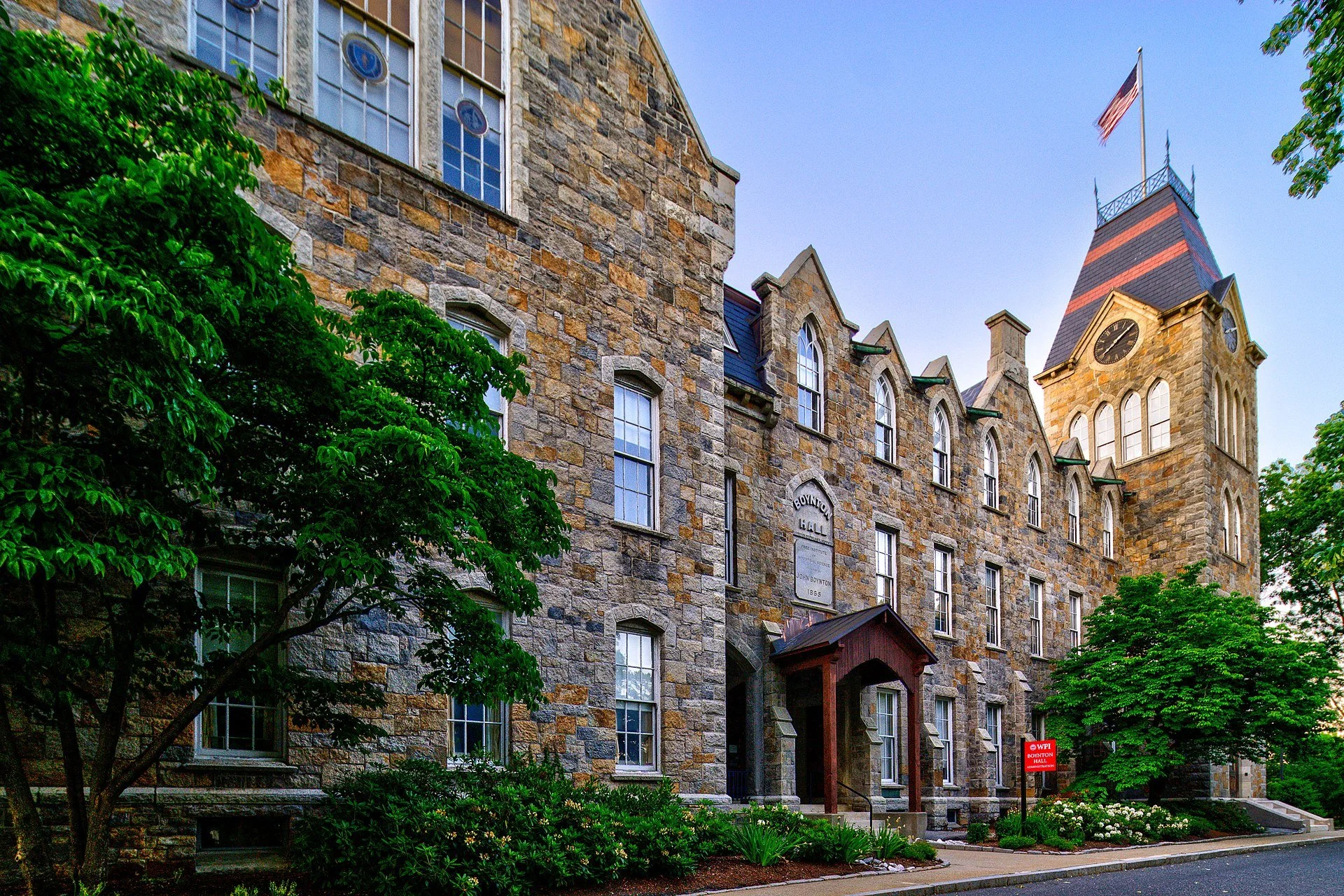Many citizens wonder what to do with 19 acres of Providence land that have been made available for development by moving Route 195. What a huge opportunity!
The property is in the middle of New England’s second-largest city; alongside the East Coast’s “Main Street” — Route 95 — whose intersection with 195 created one of the East's big crossroads; next to internationally known academic institutions; spectacularly situated at the head of a great bay, and near a large hospital complex. And just down the road is Green Airport, which is being expanded to allow nonstop flights to the West Coast and Western Europe.
What to put on the property? Offices and academic facilities, especially those connected with medically related activities; design businesses (Rhode Island School of Design spinoffs?), restaurants, hotels and stores. But let’s not ignore manufacturing.
This would not be the “dark satanic mills” of yore, emitting thick pollutants into the air and water. Most American manufacturing is much, much cleaner these days. It also employs fewer people, as foreign factories and robotic systems here have taken over much of the work, though the factory workers we have are generally well paid. To make such high-end stuff as pharmaceuticals in plants on the 195 land is just common sense. Consider that the proximity of Routes 195 and 95 and Narragansett Bay’s ports makes shipping manufacturing materials into and finished products out of this part of Providence remarkably easy. And there’s lots of engineering expertise in the region.
And if you think that a factory can’t co-exist attractively with a thickly settled area, consider Genzyme’s plant in the Allston section of Boston.
But the area needs more and better mass transit to serve the neighborhood, whose warren of confusing streets could scare away car-based people. Eventually a couple of trolley lines (real ones, with rails) should run through the newly developed area to connect the old downtown, the medical complex to the south and College Hill. But let development be dense; sociological and other studies associate density with lower crime and higher urban energy. Planners for the land should keep out windswept parking lots.
All in all, the 195 land offers the biggest opportunity to raise the profile and thus the prosperity of Providence since the rivers were moved.
***
We just got back from Naples, Fla., where I worked and we saw relatives in one of the most demure parts of the peninsula. The overloaded airline system makes travel to and from the Sunshine State increasingly difficult. And the urbanization and suburbanization of much of Florida have tattered much of its semi-tropical beauty. Still, the warmth, the greenery and the ease of strolling compared with walking on New England’s icy streets, narrowed by inadequate snowplowing, made it seem paradisiacal. And the quiet was addictive; the sound of wind through the palms and the surf were the main background sounds as I typed in my brother-in-law’s office.
It brought back memories of a quiet, lush Florida from my childhood. I remember the smell of the orange groves, the roadside juice stands and the long stretches of unbuilt-on beach backed only with palmettos and dune grass. My first memory is of an old man throwing bread to pelicans on the beach in Siesta Key, near Sarasota. Later ones include discovering Key lime pie and stone crab, drinking from a coconut and enjoying the best roadside kitsch in America.
Parts of my family had been going to Florida for part of the winter since around World War I. Naturally they complained about its over-development. Of course, they helped start the problem. (However, they never took part in the sort of crazy land speculation immortalized in the Marx Brothers’ 1929 film “The Cocoanuts,” in which Groucho’s character keeps trying to unload swampland on unsuspecting investors. Not much has changed since then!)
When there’s something nice, we overuse it, which is what happened to Florida, especially after air-conditioning, interstate highways and jet travel made getting and staying there so much easier. The Florida that I briefly revisited the other week, just before its high season, evoked in me balmy nostalgia for a time before Florida became a mega-state.
***
Kudos to Cape Cod-based writer/editor/publisher Greg O’Brien, 64, who has been writing (as self-therapy) about Alzheimer’s disease since he was diagnosed with it, in 2009. One of his projects is his book “On Pluto: Inside the Mind of Alzheimer’s.” Then there’s my friend Berna Huebner, whose movie and book, “I Remember Better When I Paint,” describe how her mother, a successful Chicago-based painter, regained some of her skills and energy after she was persuaded to return to painting after Alzheimer’s seemed to doom her to a life of, by turns, agitation and depressed passivity. We’d better be looking for many routes for relief for dementia victims — and their families -- as the number of victims swells in the next two decades.
(In 2010, I wrote a magazine piece about this.)
Robert Whitcomb (rwhitcomb51@gmail.com), a former editor of The Providence Journal's Commentary pages, is a Providence-based writer and editor and the overseer of www.newenglanddiary.com. He is also a director of Cambridge Management Group (cmg625.com).














